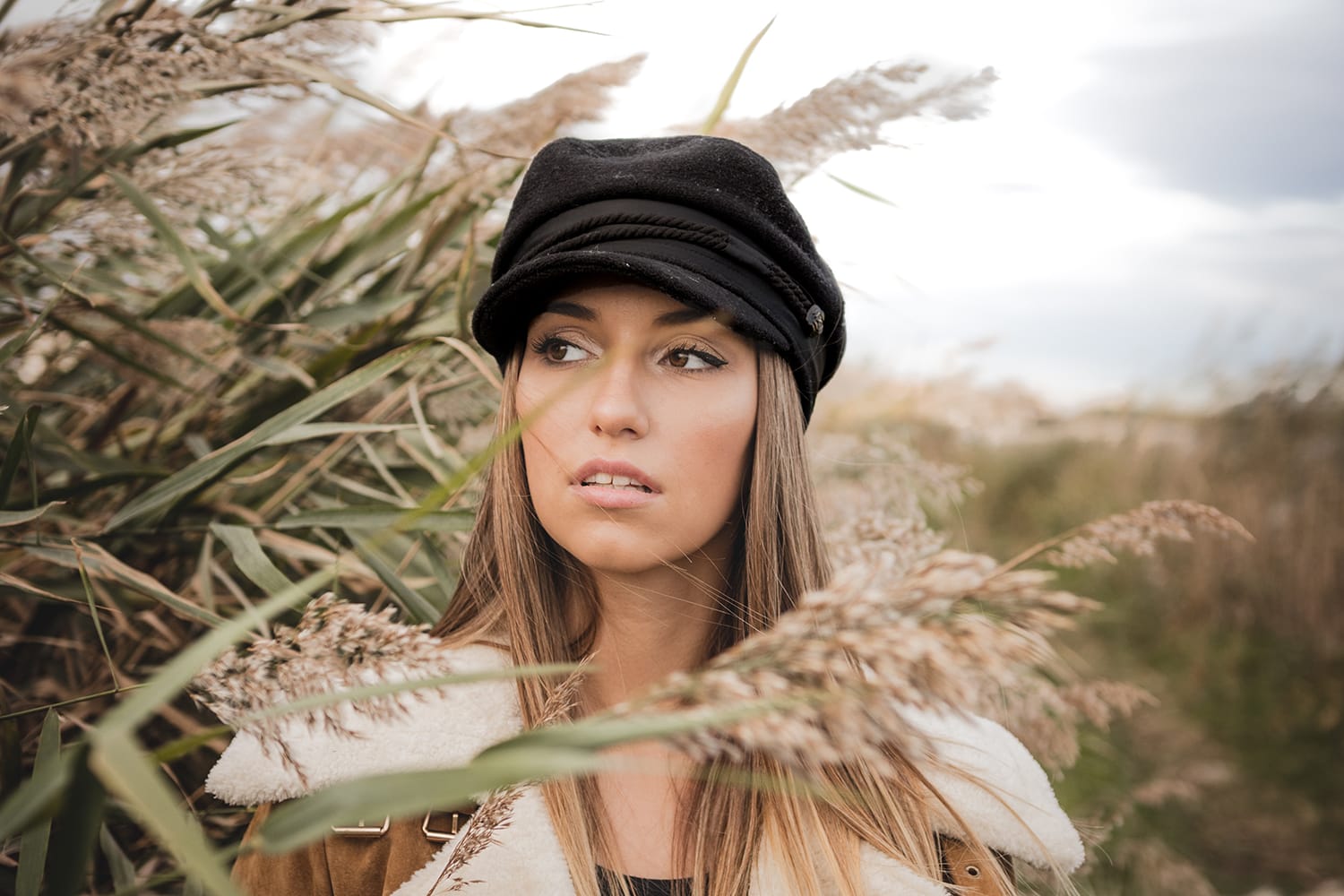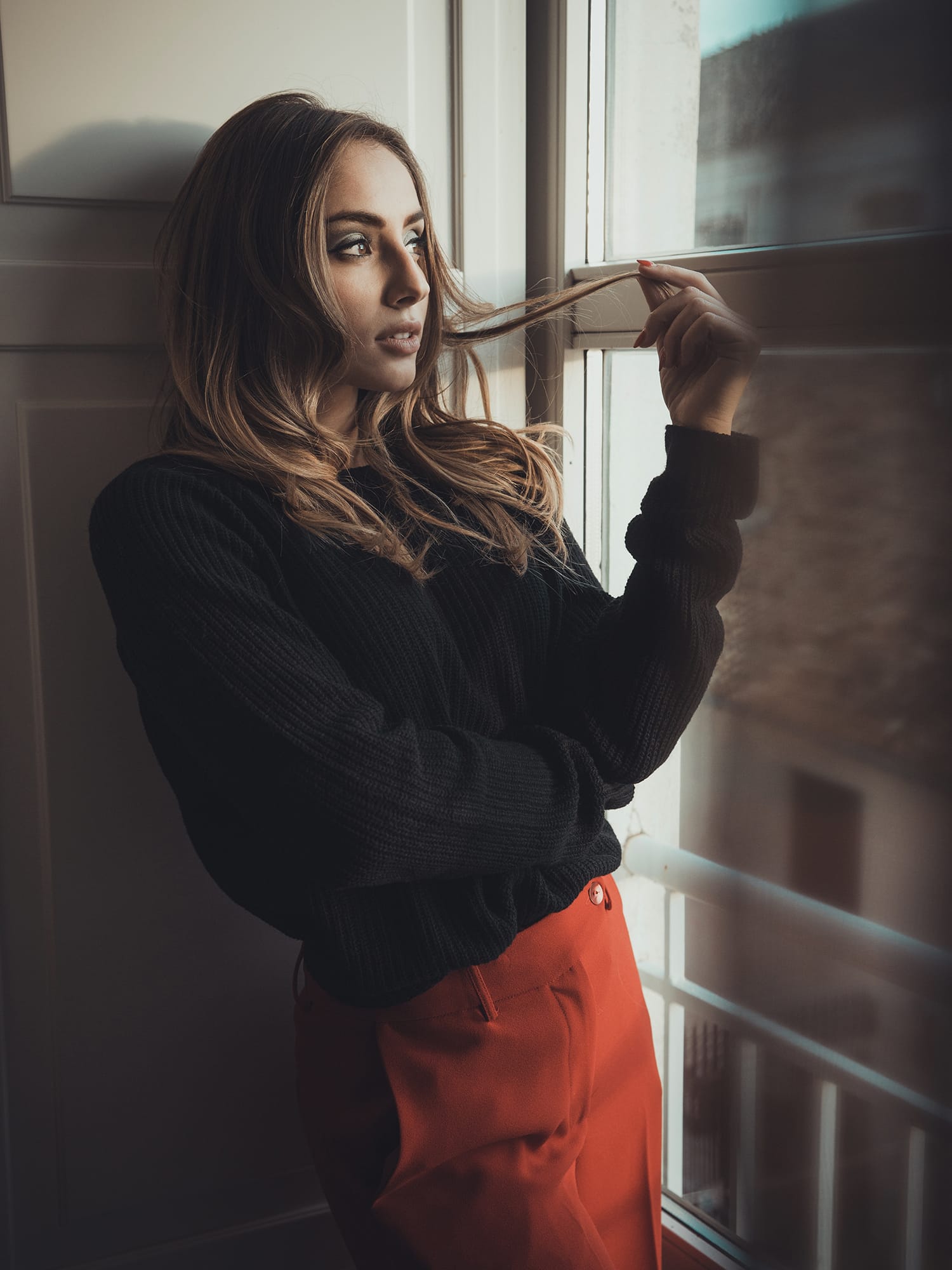Taking stunning portraits is a complex business. For most photographers starting out, it’s hard enough to remember to ask their subject to look animated, let alone to take notice of surroundings and composition. But a portrait is about much more than just a subject.
In this article, I will look at some simple composition tips [1] that will leave you with stunning results every time.

1. Start with the eyes
Absolutely every good portrait has at least one thing in common and that’s pin-sharp eyes. Whatever composition and style you choose, a portrait will have no impact if the eyes are soft. The quickest way to make sure that eyes are sharp is to choose an appropriate focus point manually on your camera, which you then place between the eyes like a bulls eye! This will ensure sharpness.
Another trick with your subject’s eyes is to keep them in the top third of your photograph (unless your subject is full bodied in the bottom third of the photo). This is the most natural place for the eyes to be and is where a viewer will automatically look for them – thus making it easier for them to connect with the subject.

2. If you’re going to crop, don’t be half-hearted!
Remember that a portrait is about the subject and they should always be the focus of your image. One of the easiest ways to draw attention to your subject is to zoom in until their face fills the frame. Do not be afraid to go in for the crop!
There’s nothing worse than a half-hearted crop, whereby one foot or hand has been cropped off with tons of dead space on the other side of the subject. If you’re going to crop, it needs to be a strong crop, done evenly on both sides. Look for the strongest features in your subject and focus on those.

3. Use your depth of field
When pros shoot portraits in a studio environment, we have complete control over the background [2] we’re using. But sometimes, when we’re out on location, the background won’t be very glamorous and could even be fairly distracting. Or, you could be trying to photograph one person in the middle of a crowd. Whatever obstacles are in your background, the easiest way to deal with them is by controlling your depth of field.
By making your subject sharp and your background blurry with a small depth of field [3], you focus the attention on the subject, whilst getting rid of any distractions in the background. For a head and shoulders shot, look at using around f4-f5.6. Do remember, however, that depth of field will be more visible with longer focal lengths and specifically designed lenses for portraiture.
4. Check your headroom
If you are photographing your subject with background around them, do be careful not to include too much headroom. You need your subject to appear balanced in the frame – they are the focus of your image after all! Too much headroom distracts the viewer.
Whist there are no hard and fast rules, try to keep in mind that your headroom should decrease the more that you zoom in.

5. Don’t just go with the traditional
The standard portrait is usually taken vertically, with direct eye contact from the subject. And this often produces stunning results. But part of the creativity of composition [1] is learning to try new things. Something as simple as taking a portrait horizontally can make a big difference.
Try placing your subject to one side of the frame, shooting from a different angle (stand on a ladder for instance), or experimenting with your subjects looking out of the frame.

6. And finally – don’t forget about framing
We’ve talked about zooming in to add focus to your subject, but sometimes portraits are full length. And full-length shots can be tricky. So, rather than leaving subjects standing in the middle of nowhere, looking a bit lost, try framing them with the environment around them.
Doorways, windows and arches can all add visual interest and provide a natural frame for your subject to interact with.
Remember that portraiture is all about capturing a relaxed and natural shot of your subject. By using these simple composition tips, you’ll make this job far easier!